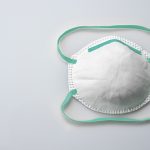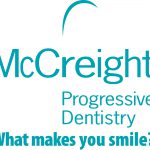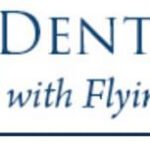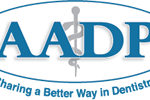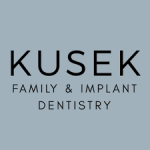
Dr. McGlennen: Thank you for your continued support of our testing services. You have been a legacy provider since early 2011. Tell me how you use OralDNA® salivary diagnostics.
Edward Kusek DDS: Most of my testing consists of MyPerioID® IL-6 to pre-determine if patients have a susceptibility to periodontal disease and may be at higher risk for implant placement. In the past, MyPerioPath® provided an objective measure to aid in a study I was conducting for the use of laser detoxication o...
Read More




